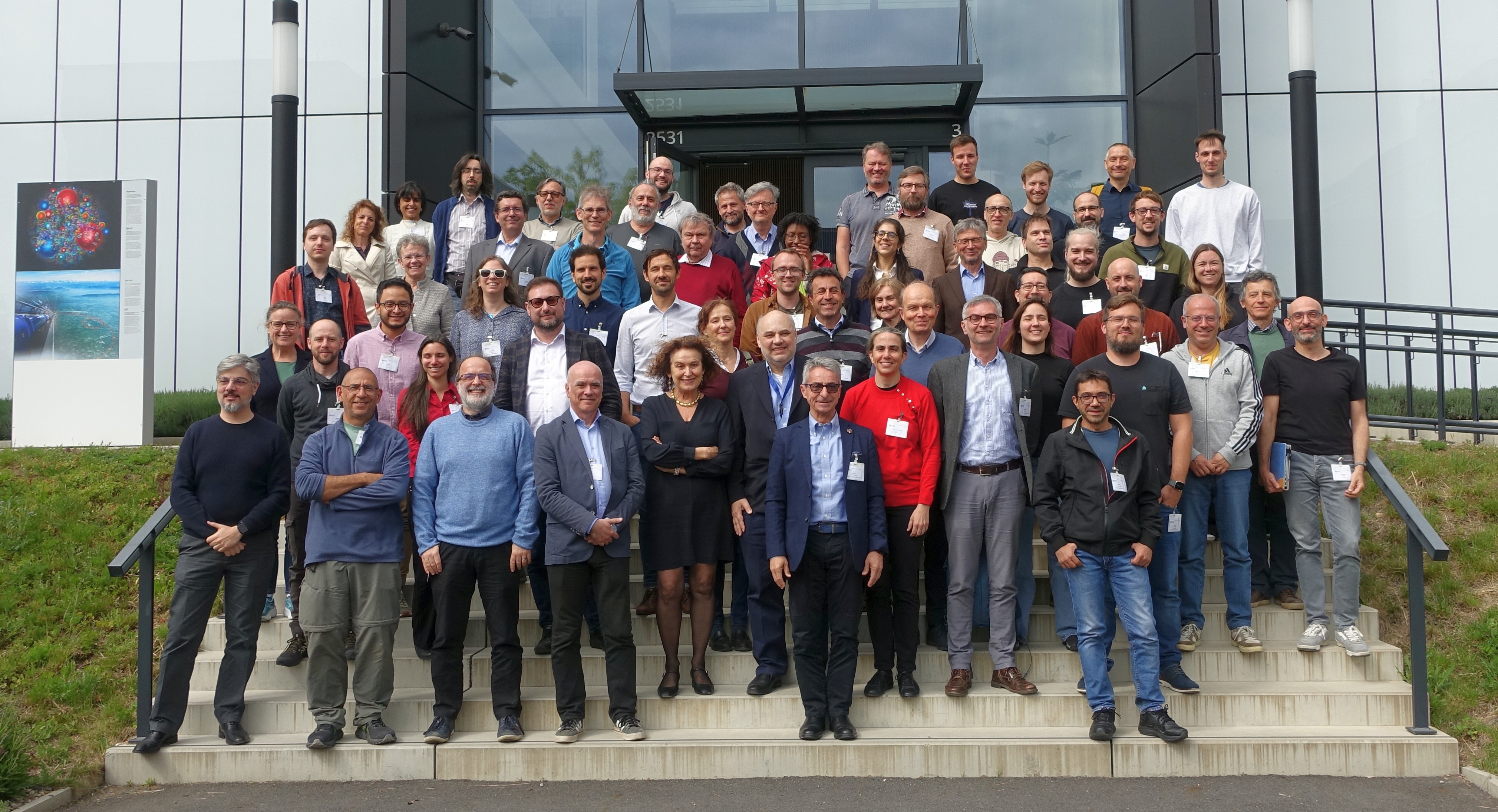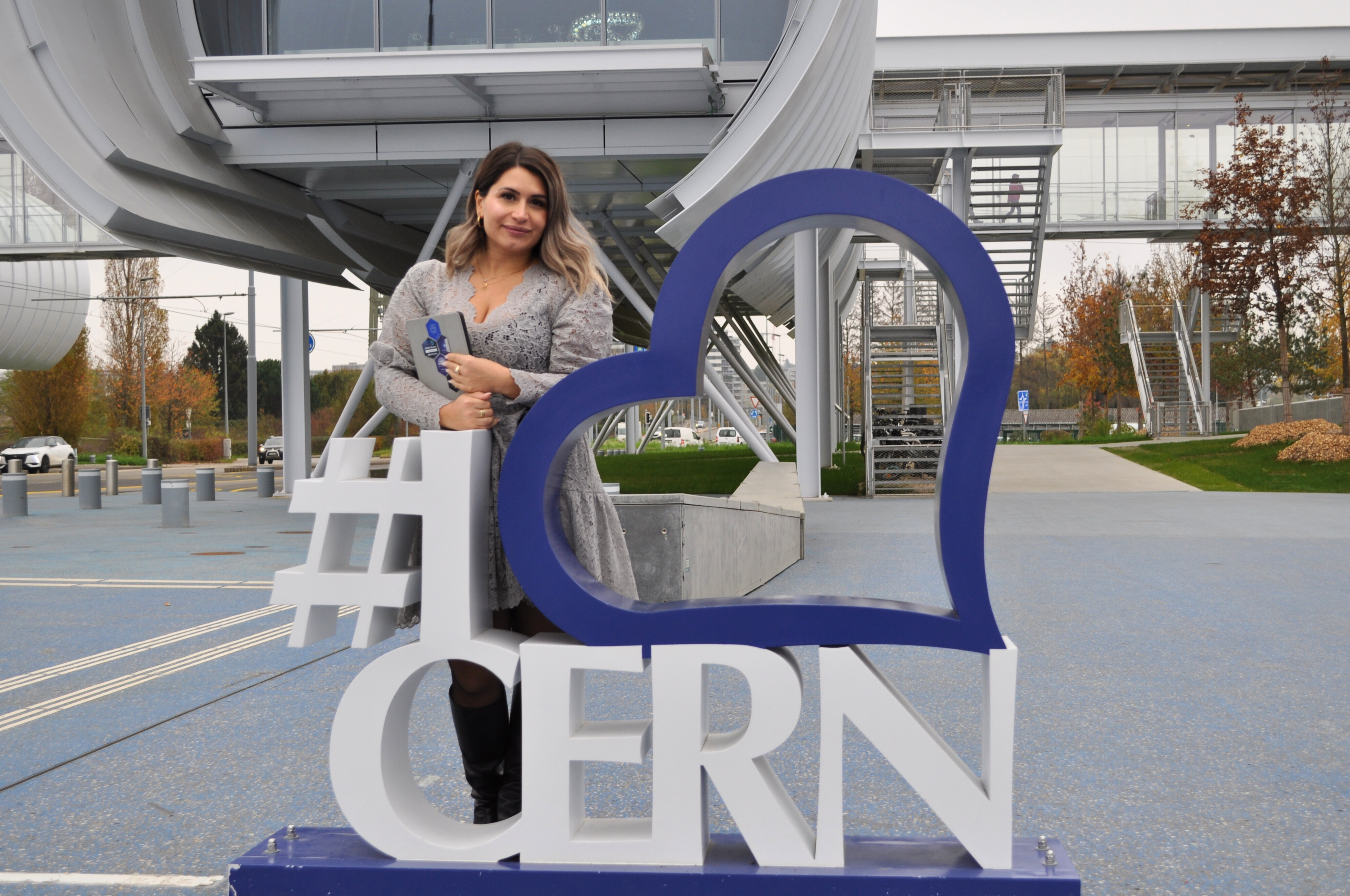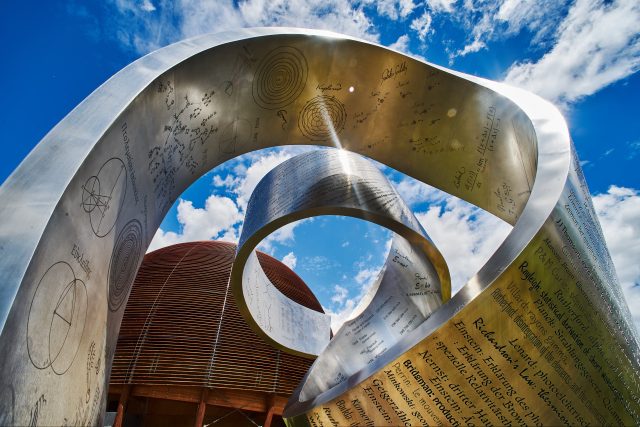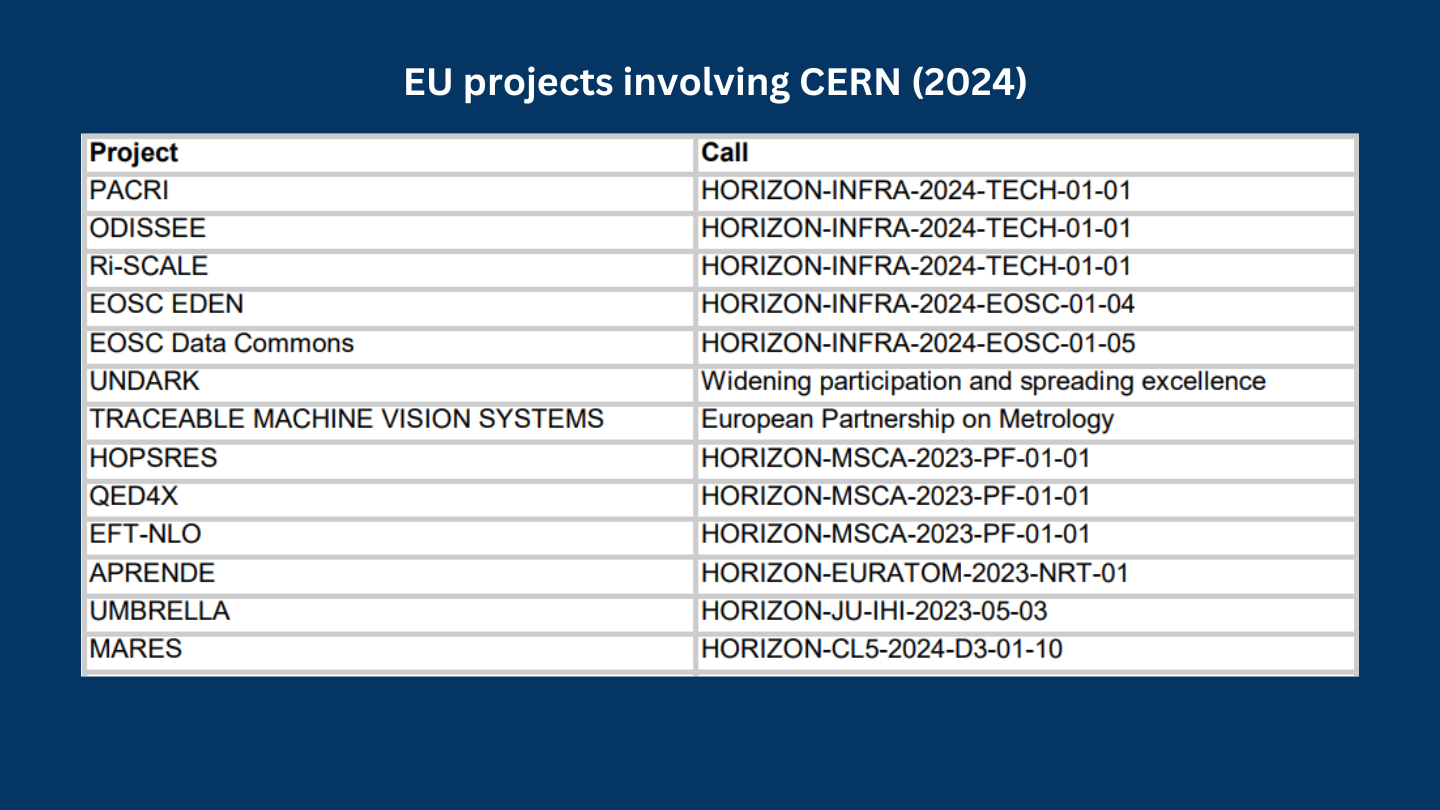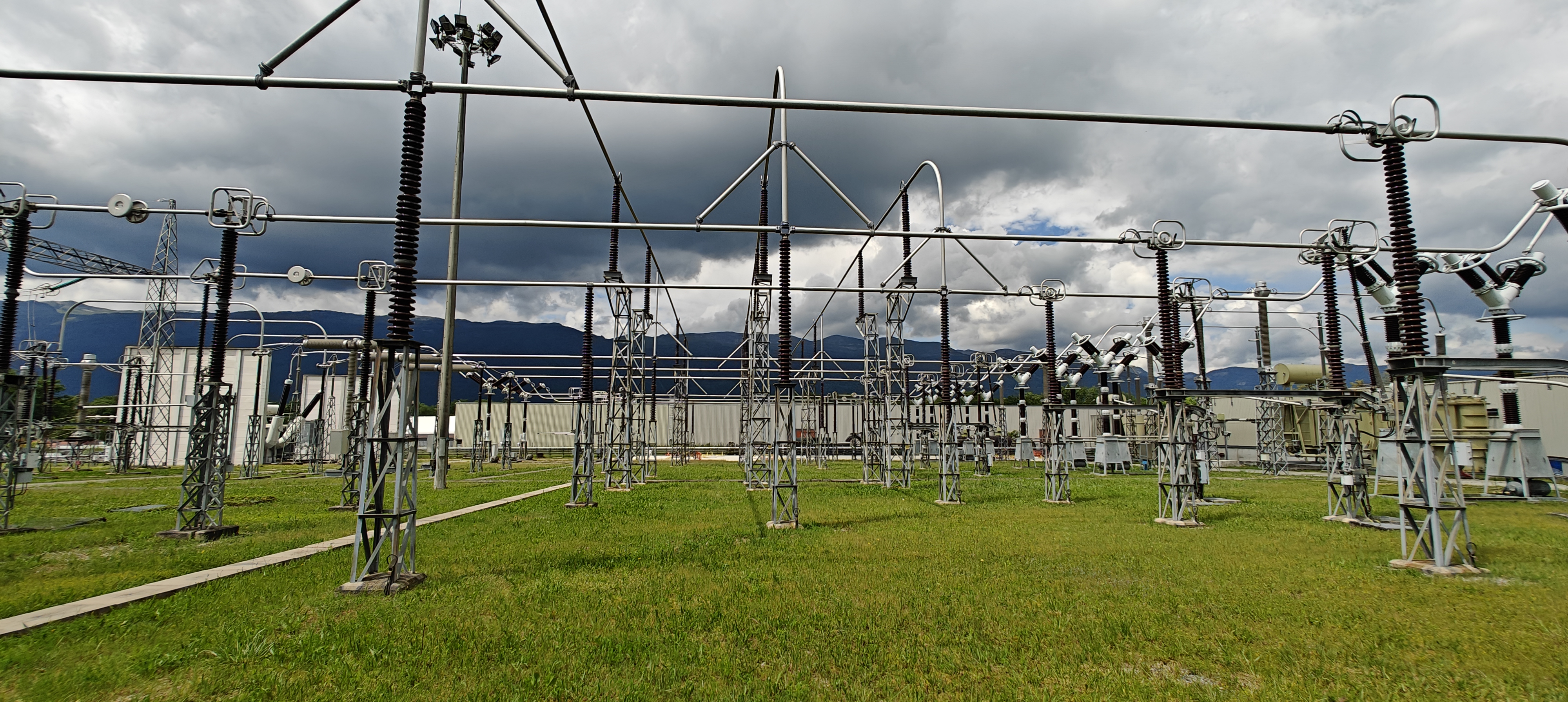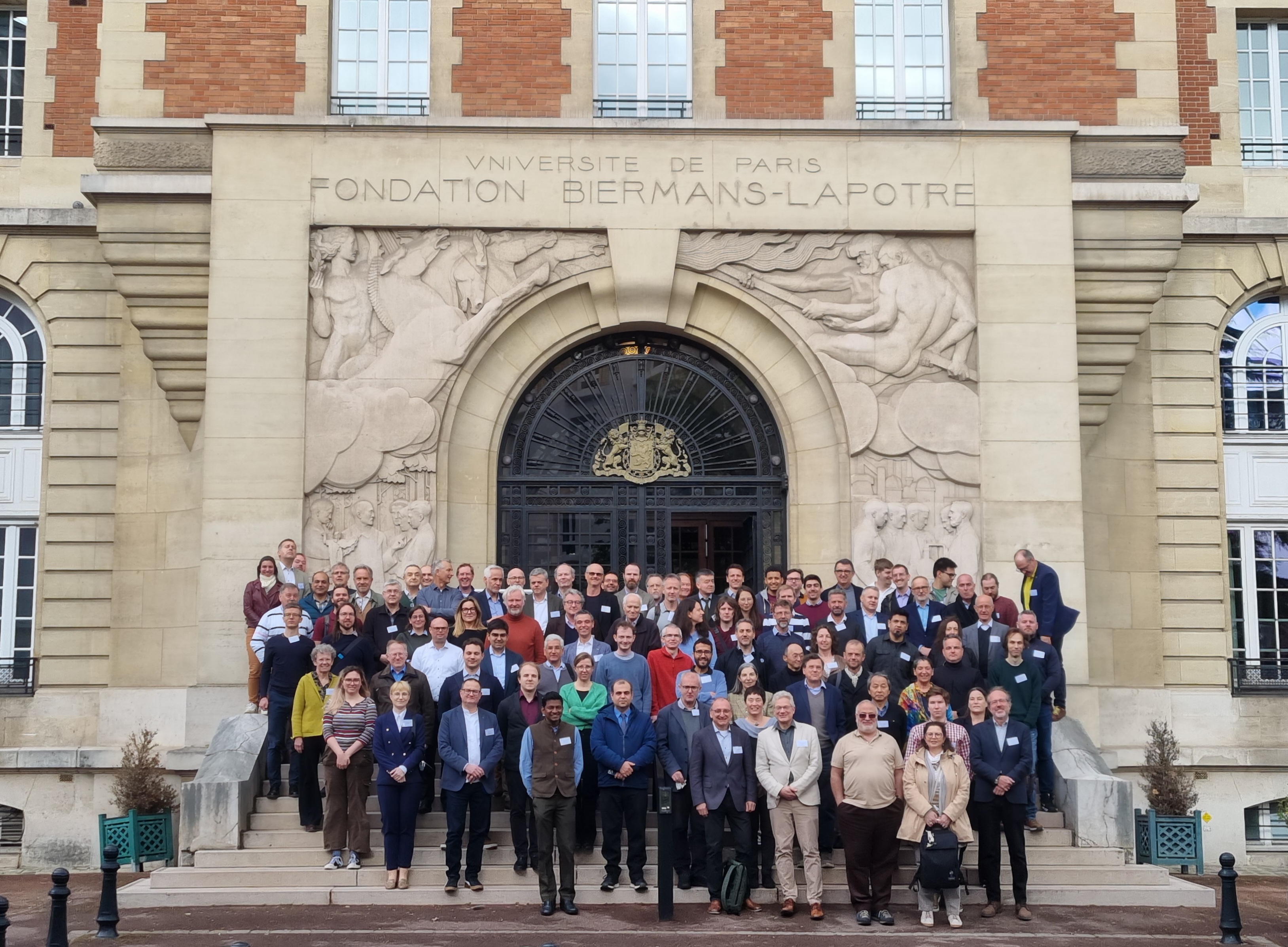ATTRACT celebrates successes at final conference
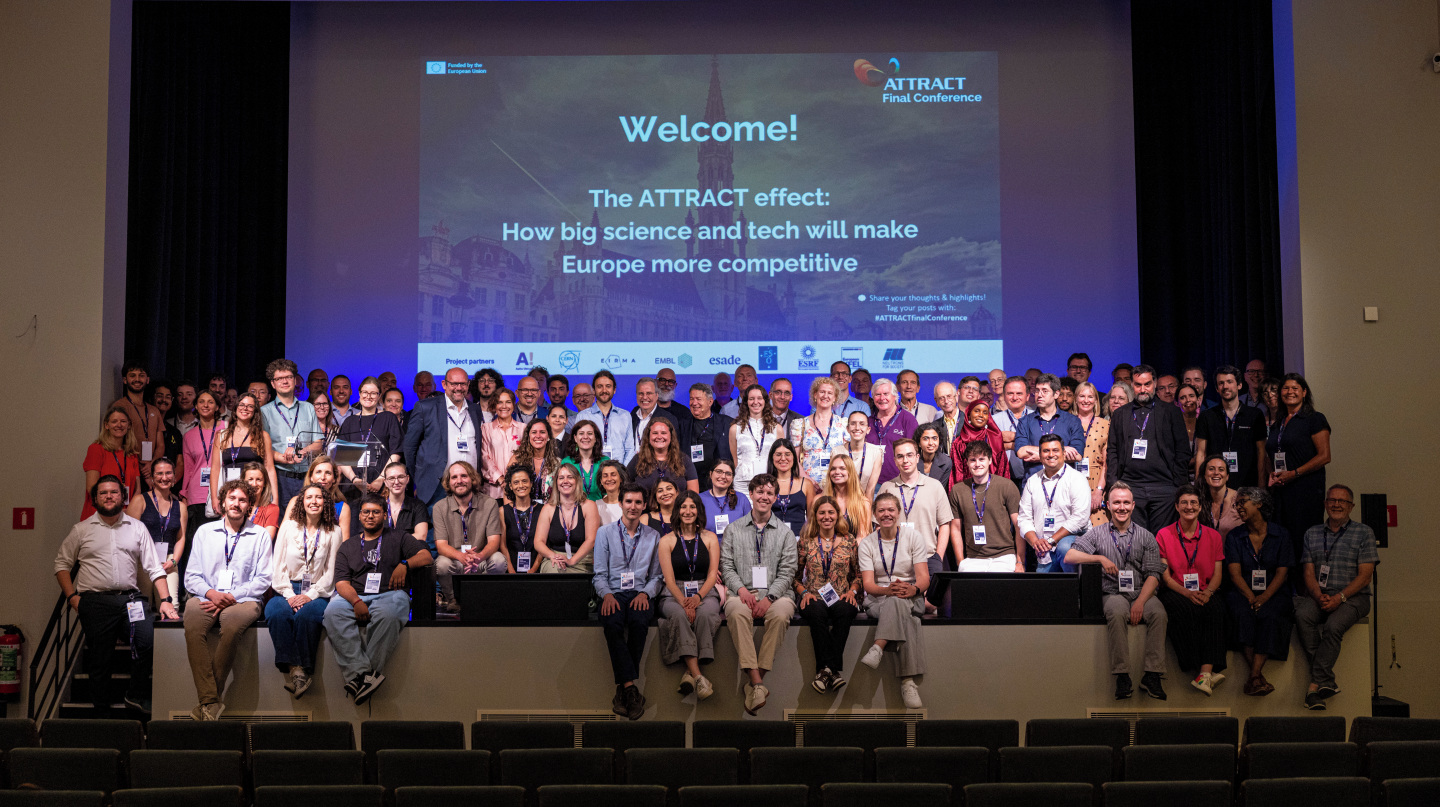
ATTRACT, a pilot designed to improve Europe’s generation of commercial innovation from its world-class scientific excellence, held its final conference on 2 and 3 July, attended by numerous European leaders. Participants reflected on ATTRACT’s successful investments, entrepreneurship support and training academy and considered how to replicate these achievements in future.
Despite its substantial investment in research and development (R&D), Europe has historically faced challenges in translating scientific advances into market-ready products. Led by CERN and involving eight other European scientific organisations and institutes (1), ATTRACT was launched in 2018 to address this by investing 60 MEUR of EU public funding into 170 early-stage R&D projects. These projects were primarily in the fields of detection and imaging technologies, which have broad applications across science, industry and society.
By leveraging research infrastructure capabilities, streamlining funding mechanisms and fostering cooperation with public and private investors, ATTRACT supported 18 projects identified for their high potential. This support has already led to the creation of eight startups, several of which have entered second-round private financing. Furthermore, the ATTRACT Academy trained over 1300 young European innovators, contributing to the development of the next generation of deep-tech entrepreneurs. The European Commission has recognised the initiative as one of the top five projects contributing to the New European Innovation Agenda.
At the final conference, Jean-David Malo, Acting Director for the European Research Area and Innovation at the European Commission’s Directorate-General for Research and Innovation (DG RTD), described ATTRACT as “a source of potential gems on which we should build”. He stated that the project inspired the European Commission to introduce an “innovation challenge” element in future rounds of EU funding, aiming to help develop the most promising breakthrough technologies.
Victor Negrescu, Vice-President of the European Parliament and a prominent voice in EU research policy, also expressed strong support for the ATTRACT initiative. He stressed that the connection between research, innovation and competitiveness was often underestimated.
“Research and innovation is not only about discovery, but also about creating a community of shared values,” Negrescu noted. He also referenced recent reports by former Italian Prime Ministers Enrico Letta and Mario Draghi, which highlight how research infrastructures such as CERN and supercomputing centres help develop Europe’s technological and economic sectors.
Representing far more than a successful pilot, ATTRACT marked a strategic shift in CERN’s engagement with innovation, entrepreneurship and societal challenges. By applying its scientific excellence and infrastructure to early-stage deep-tech development, CERN is reinforcing its relevance to Europe’s innovation ecosystem and deepening its strategic relationship with the European Commission. ATTRACT has helped place CERN at the heart of a renewed science-policy alliance that directly links scientific discovery with European prosperity. In this context and with the European Commission’s support, ATTRACT is ready to engage in whatever comes next.
This article was first published on CERN's website on 22 July. Read the original article here.
- Led by CERN, the ATTRACT initiative involves the European Molecular Biology Laboratory (EMBL), the European Southern Observatory (ESO), the European Synchrotron Radiation Facility (ESRF), the European XFEL, Institut Laue-Langevin (ILL), Aalto University, the European Industrial Research Management Association (EIRMA) and ESADE Business School. The initiative is funded by the European Union’s Horizon 2020 research and innovation programme.

